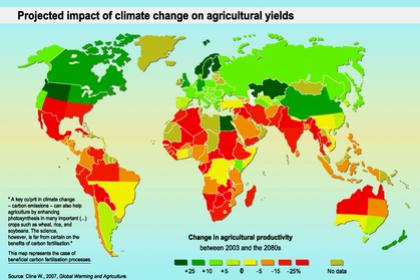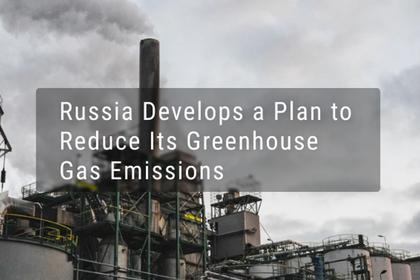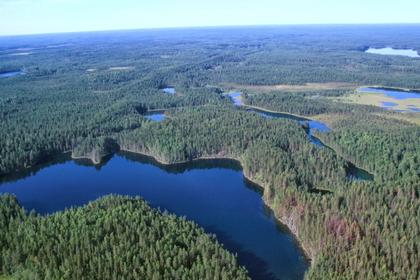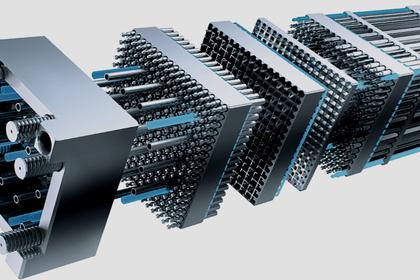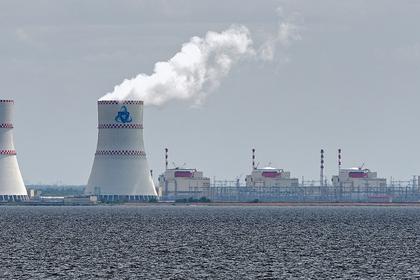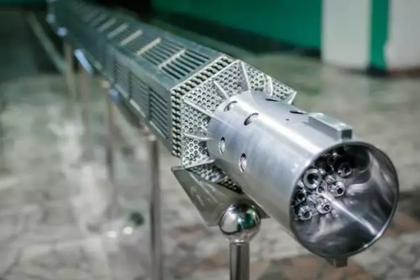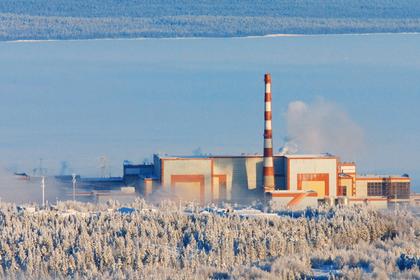
RUSSIA'S SAFE NUCLEAR FUEL
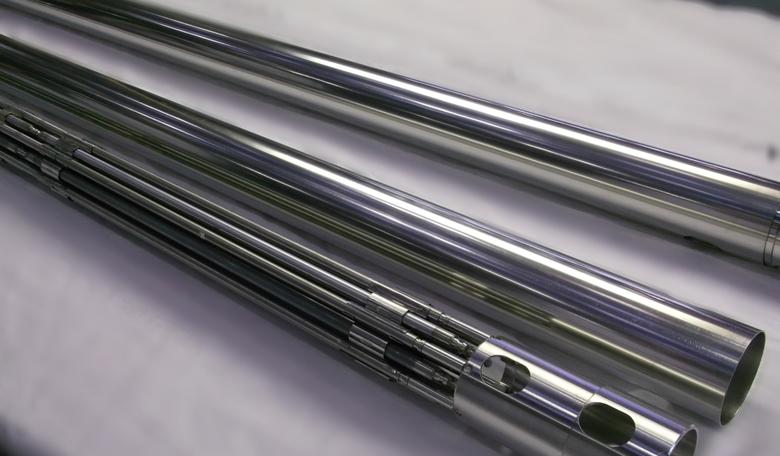
WNN - 02 June 2021 - OECD experts foresee that accident tolerant fuels (ATF) will dominate the nuclear fuel market within 10 to 20 years. This is a very short timeframe by the standards of the nuclear industry, where reactor research and preparation alone can take up to a decade, writes Natalia Nikipelova, president of Russian nuclear fuel manufacturer TVEL. Such an optimistic forecast means that ATF is a product very much anticipated by the market. After all, ensuring nuclear safety - that there will be no serious consequences even in the event of incidents as grave as Fukushima - is a crucial step towards increasing public acceptance of nuclear energy. And, as we all know, where there is demand, supply will follow.
So, what will the next generation nuclear fuel look like? The answer to this question depends not only on technical properties, but on economic efficiency as well. There are certain ways to ensure that ATF improves both safety and economic prospects. First-rate engineering is key.
TVEL Fuel Company of Rosatom conducts research in several directions, including chromium coating applications for zirconium alloy fuel rods, replacing cladding materials with a chromium-nickel alloy, and changing the fuel matrix from uranium dioxide to metallic uranium-molybdenum fuel.
Having already undergone two cycles of irradiation, experimental fuel rods for VVER and PWR reactors come in four different cladding material and fuel composition combinations, with post-irradiation studies showing that each of them leaves irradiated fuel rods in good condition.
But what kind of new opportunities will nuclear power plants glean for going with either one of the options? There are two main ways to improve the economic prospects of a reactor without increasing uranium enrichment above 5%: elongation of fuel cycles and reduction of fuel costs. Using denser fuel makes both options possible. Both uranium-molybdenum fuel (which is already under irradiation) and uranium disilicide (which we consider promising and intend to start testing soon), both are among such fuels. Their high thermal conductivity and density means that these fuel compositions can contain more uranium. Which will, in practice, either allow to reduce uranium enrichment (saving money at the enrichment stage and making fuel cheaper) or extend the fuel cycle from 18 to 24 months (enabling the nuclear power plant to generate and sell more electricity).
At the same time, what is special about the nuclear industry is that very often several competing technologies are developed at once to address the same need. And this “competition” is not always win or lose in nature: solutions that have proven their efficiency can either be used by different consumers or even complement each other. For example, Russia has a promising new uranium-plutonium REMIX fuel for VVER reactors which has already shown its solid performance. Why can’t there be a situation in which one reactor uses REMIX fuel where “tolerance” is achieved by a new cladding material and another situation in which “tolerance” is achieved by means of a higher density fuel?
However optimal the technology, the current pace of research and development leaves no doubt that new fuel will make nuclear power plants both safer and more cost-efficient.
-----
Earlier:
